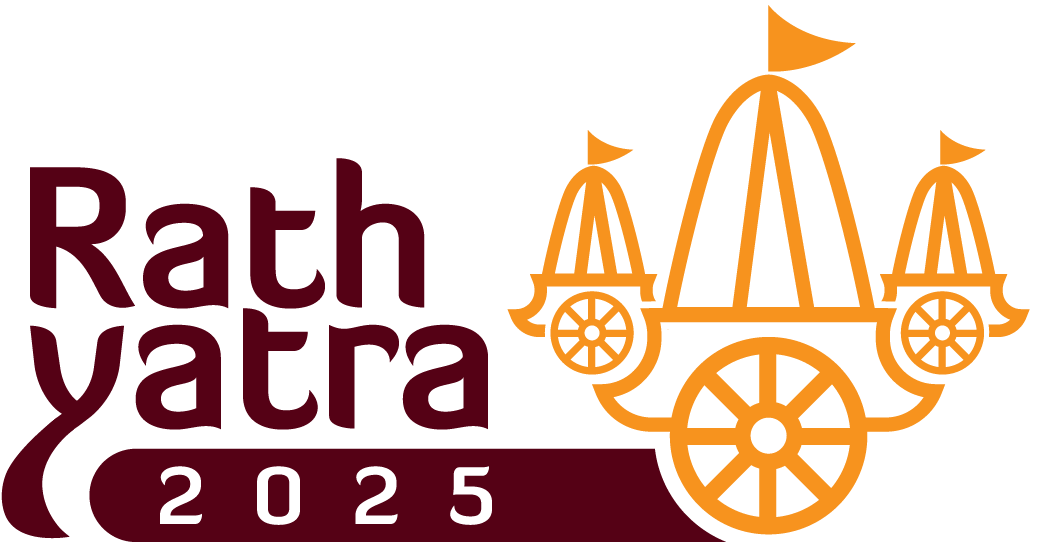
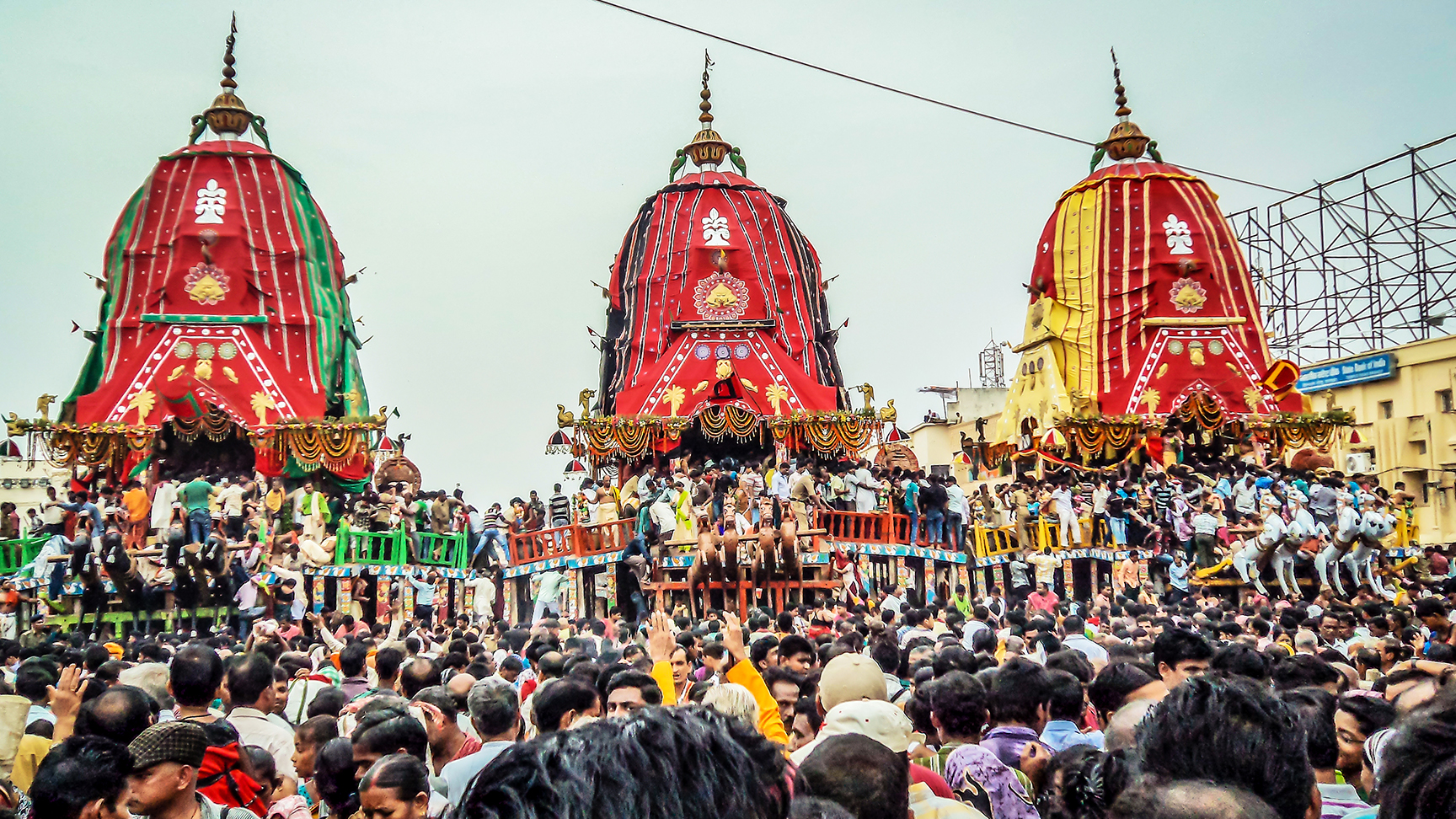
Jagannath
Rath Yatra 2025
Jagannath
Rath Yatra 2025
Juggernaut
A powerful, overwhelming force or entity that seems impossible to stop or control.
According to Merriam-Webster.com, in the early 14th century, Franciscan missionary Friar Odoric brought to Europe the story of an enormous carriage that carried an image of the Hindu god Vishnu (whose title was Jagannāth, literally means “lord of the world”) through the streets of India in religious processions. Odoric reported that some worshippers deliberately allowed themselves to be crushed beneath the vehicle's wheels as a sacrifice to Vishnu.
The tale caught the imagination of English listeners, and they began using juggernaut to refer to any massive vehicle (such as a steam locomotive) and to any other enormous entity with powerful crushing capabilities. Juggernaut is more commonly used figuratively for a relentless force, entity, campaign, or movement, as in "a political/economic/cultural juggernaut."
The Rath Yatra in Puri
Rath Yatra is the celebration of Lord Jagannath’s journey towards his aunt's house — known as Gundicha temple — in three gigantic, beautifully carved, wooden chariots known as raths, which are dragged by thousands of devotees. Lord Jagannath, along with his brother Lord Balabhadra and sister Devi Subhadra are celebrated in Puri, a coastal temple town located in the eastern Indian state of Odisha.
Legend has it that the festival is over 5,000 years old. The festival talks about human body as rath and sarathi, or driver, as God. The chariots’ wheels signify valour. The festival of pulling the chariot to Gundicha temple represents bringing God into our hearts. The practice of dragging the chariots is divine and auspicious. Hindu sacred texts depict this journey as the greatest of the 12 annual journeys of Lord Jagannath.
The significance of rituals
The annual rath yatra is a ritual. It signifies:
- Lord Jagannath’s journey to his place of birth: the Gundicha Temple and the place of his aunt.
- A festival of cleansing and restoration: The pulling of the chariots is thought to cleanse the soul and produce spiritual wealth.
The festival of cleaning Gundicha temple represents cleaning our heart, so that God can reside in our heart.
- A festival of oneness: It is a festival through which people from all classes of society become one unit. The King of Puri himself performs the Chhera Panhara ritual (sweeping the chariots), which means that everyone is equal in front of God.
- It is the symbolic journey of Lord Jagannath from the temple (the heavens) to the streets (the earthly world) to meet his devotees.
- It is a festival of life journey and the search for liberation of the soul.
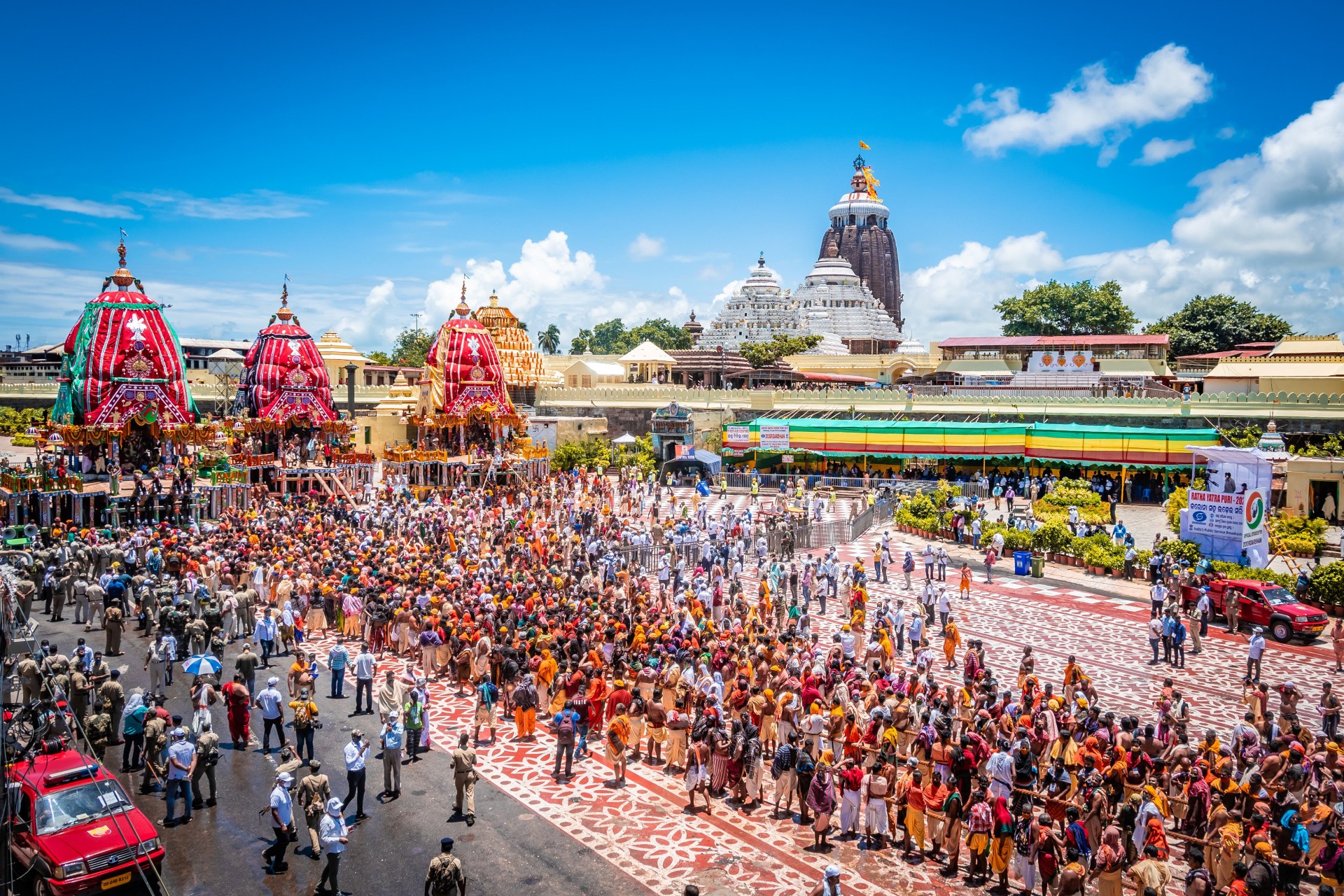
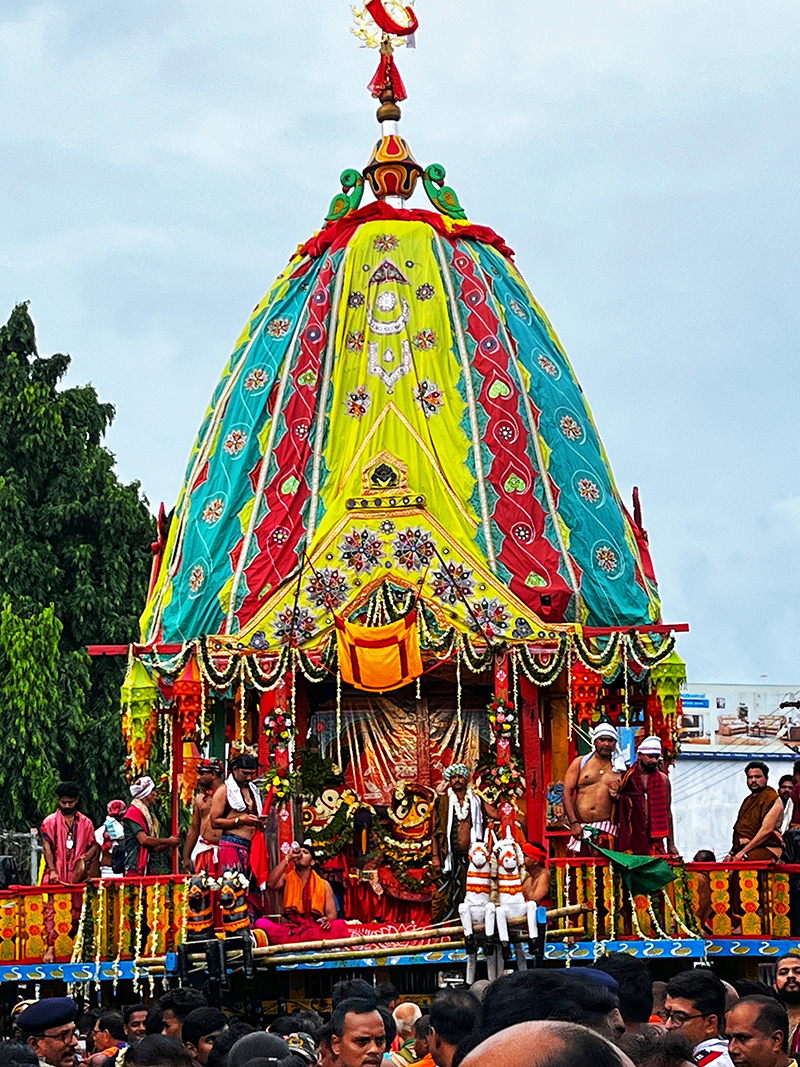
The magnificent chariots
The construction of the chariots is a very slow process that starts months before the festival. The chariots are made of specific type of wood and are coloured and designed beautifully.
The chariot of Lord Jagannath, Nandighosa, is the biggest, and Balabhadra’s Taladhwaja and Subhadra’s Darpadalana are smaller.
Each chariot has different set of wheels, colours and decorations which are different from the other and these represent the unique identities of the deities.
Key dates
Akshaya Tritiya (30 April, 2025): The formal start of the Rath Yatra preparations. On the auspicious day of Akshaya Tritiya the construction of the chariots for the grand Rath Yatra festival in Puri started. On this day, the first logs of wood are assembled to start making the enormous chariots for Lord Jagannath, Balabhadra and Subhadra.
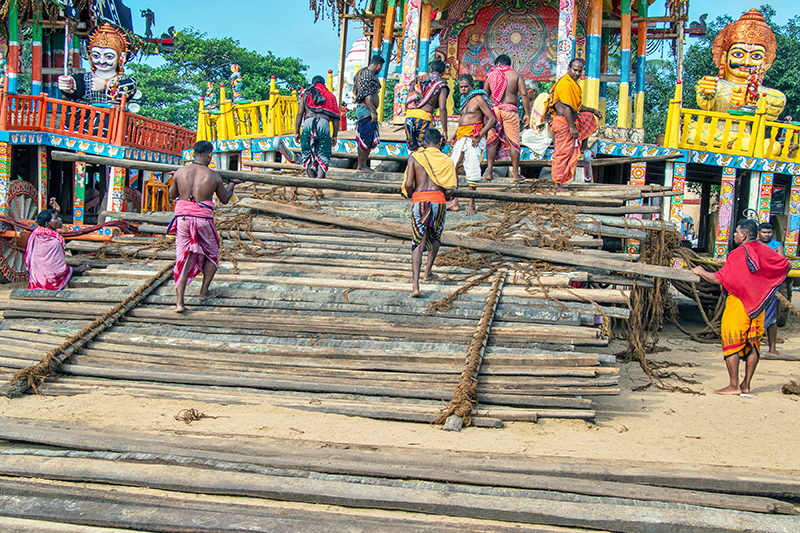
On this day, the deities are taken out from the temple and are given a ceremonial bath with 108 pots of holy water which are fetched from the Golden Well. After the bath, the deities are put on some special costume called ‘Gaja Besha’, i.e. they dress up like elephants.
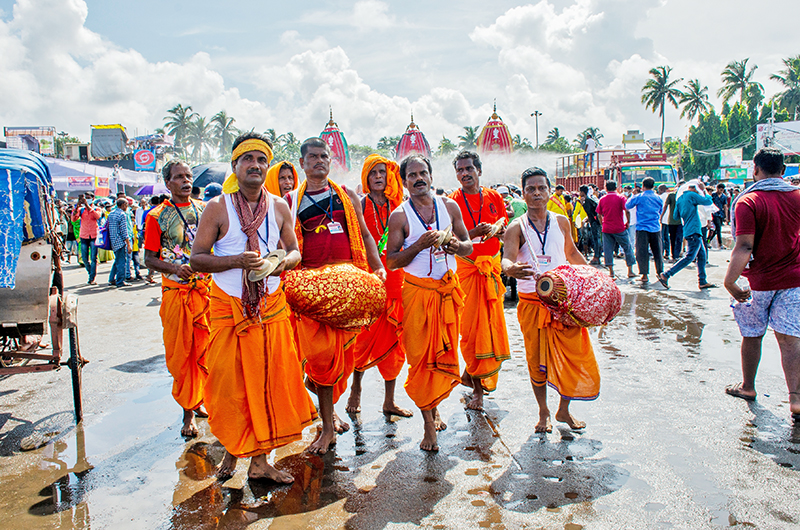
After Snana Purnima, the deities are placed in isolation for 15 days. It is said that they ‘catch cold’ after the bath and need to be taken care of and made to rest. This period is also a time when the temple is closed to the public and when special herbal treatments are provided to the deities.
During this period pilgrims go and take darshan at Alarnath (20 km from Jagannath Puri). Taking Darshan of Lord Krishna deity at Alarnath temple is believed to be the same as taking Darshan of Lord Jagannath.

On the day before the Rath Yatra, the Gundicha Temple is cleaned up and readied for the deities to occupy. This ritual is a way of cleansing the heart to receive the divine.

The deities are taken out in a big procession (Pahandi) and put on their chariots. Then, the grand procession begins. The chariots are pulled by thousands of devotees along the Bada Danda, or the Grand Road, to the Gundicha Temple, the route is approximately three kilometres. This act of pulling the chariots is said to erase sin and bring blessings. When the deities are on their chariots, the King of Puri performs the ‘Chhera Panhara’ ritual, in which he sweeps the chariot platforms with a golden broom. This means that God has no prejudice against anyone.
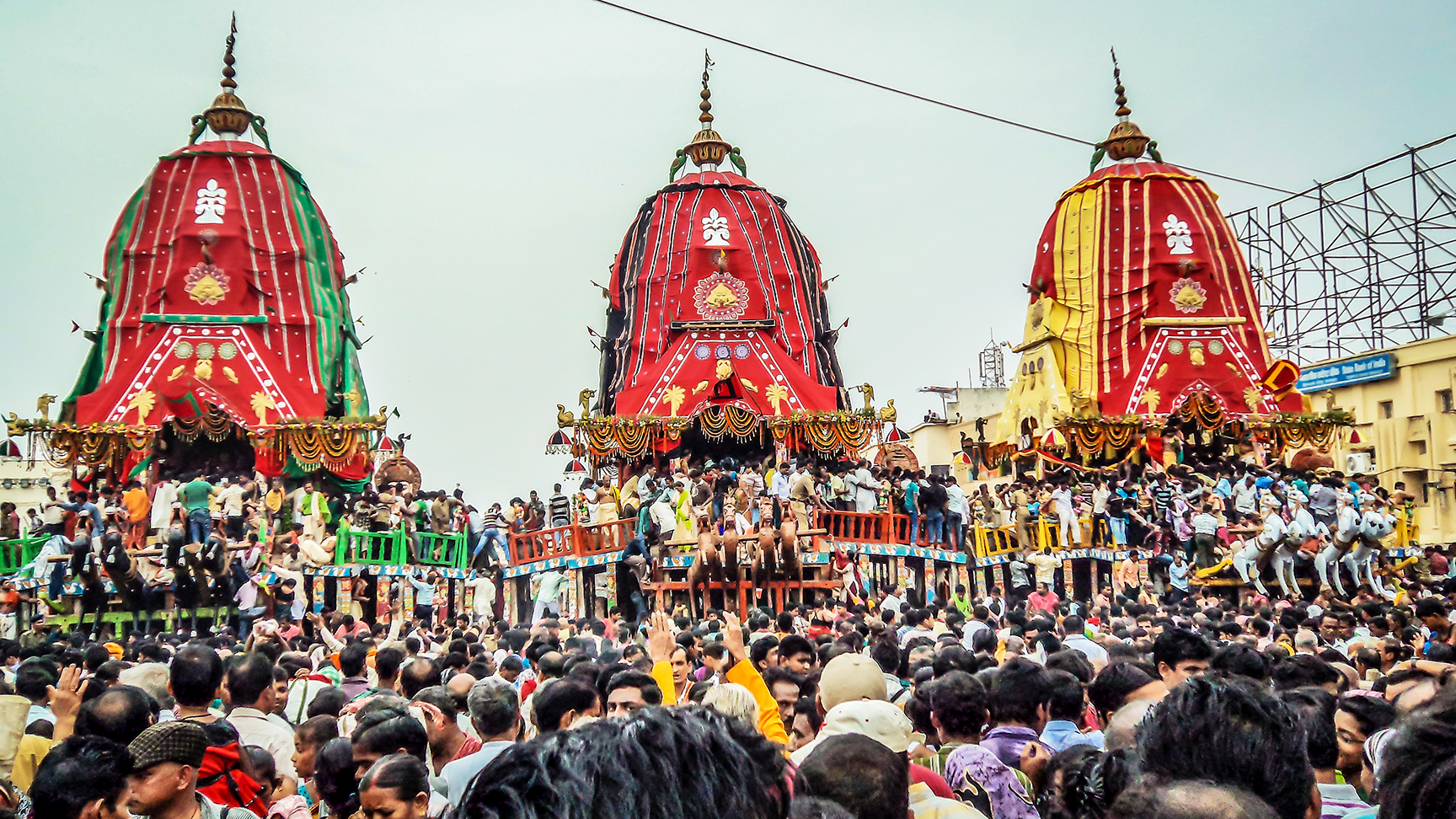
On the fifth day of the deities stay at Gundicha Temple, people believe that Goddess Lakshmi, the consort of Lord Jagannath, visits him. Hera Panchami is the tradition of Goddess Lakshmi’s search for her husband and a playful game between the representatives of the deities.
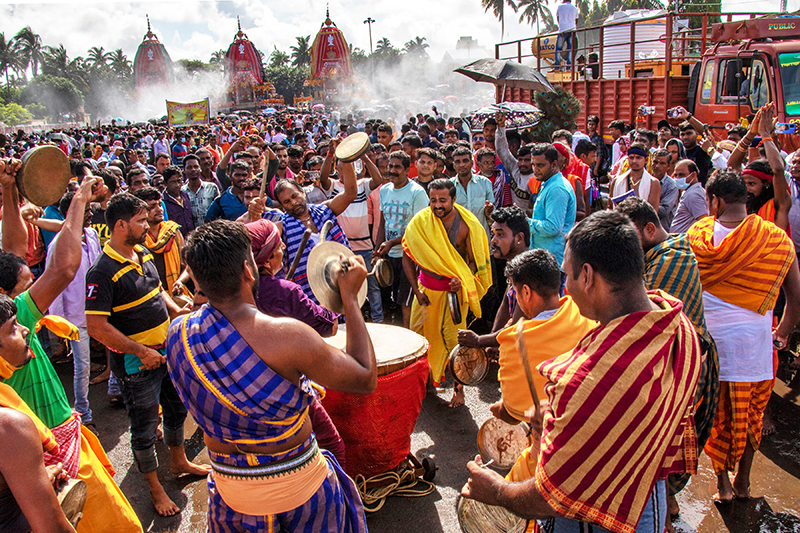
It is believed that the viewing of the deities at the Gundicha Temple in the evening is of supreme importance.
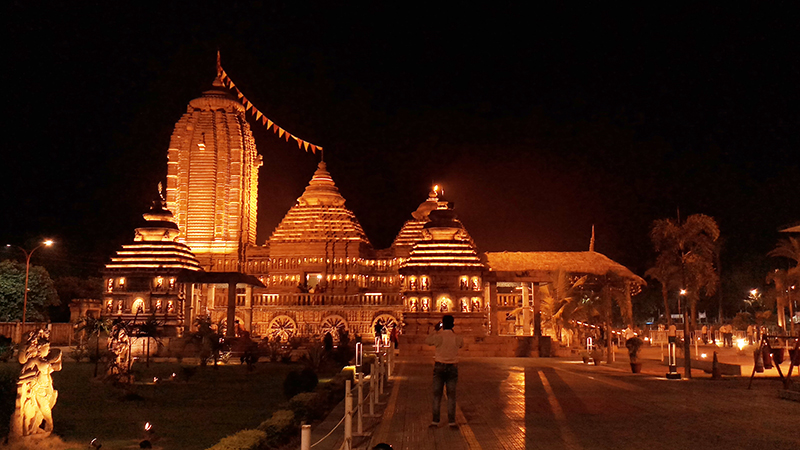
The festival of carrying the deities from the Gundicha Temple to the Jagannath Temple is known as Bahuda Yatra. The chariots are also stopped at the Mausi Maa Temple when they are on their way back and they receive ‘Poda Pitha,’ a variant of baked cake.
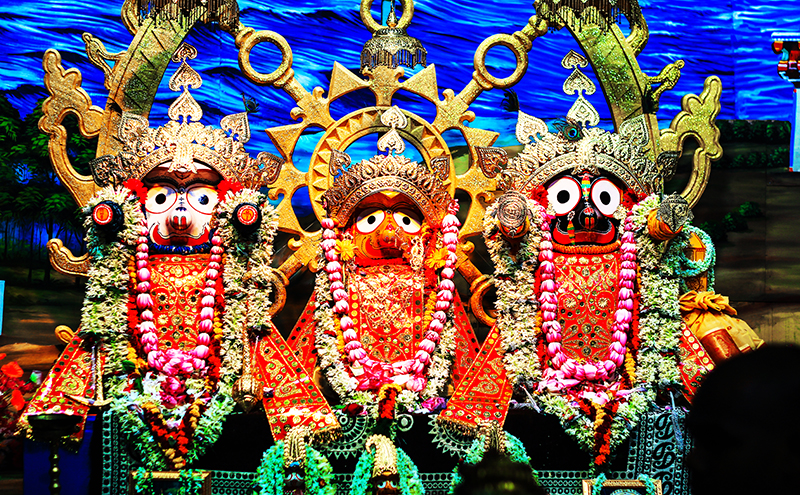
The day after the festival of Bahuda Yatra, the deities are decorated with golden ornaments during the festival of ‘Suna Besha.’ This is a magnificent scene, with the deities covered in gold.
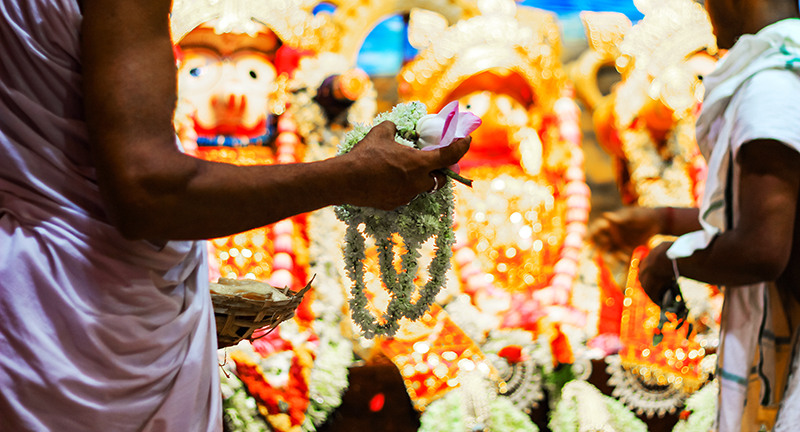
‘Adhara Pana’ is a kind of sweet drink which is especially offered to Lords Jagannath and Balabhadra and Devi Subhadra’s deities on their chariots during Rath Yatra. The drink, which comprises milk, cheese, sugar and spices, is prepared in large earthen pots and then served to the deities. After serving the drink, the pots are broken, meaning that everything is for everyone. This is an act of gratitude towards the deities and the act of cutting ego and egoistic attachments. .
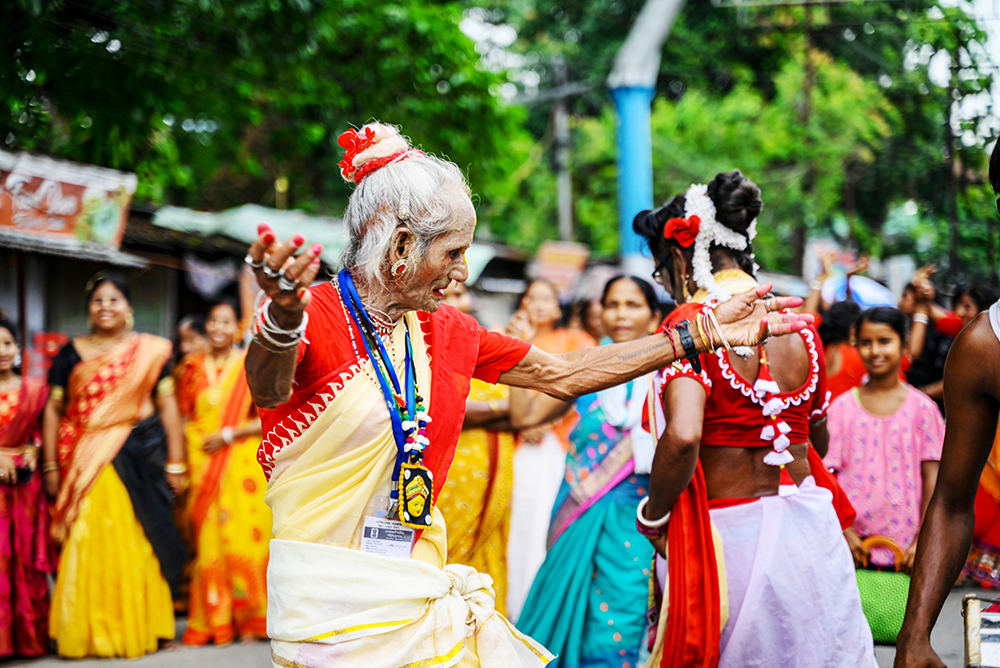
The installation of the deities in the Jagannath Temple sanctum sanctorum is the final event of the annual festival. This is the day when in evening Lordships (deities) goes back to temple at their places with grand procession. .
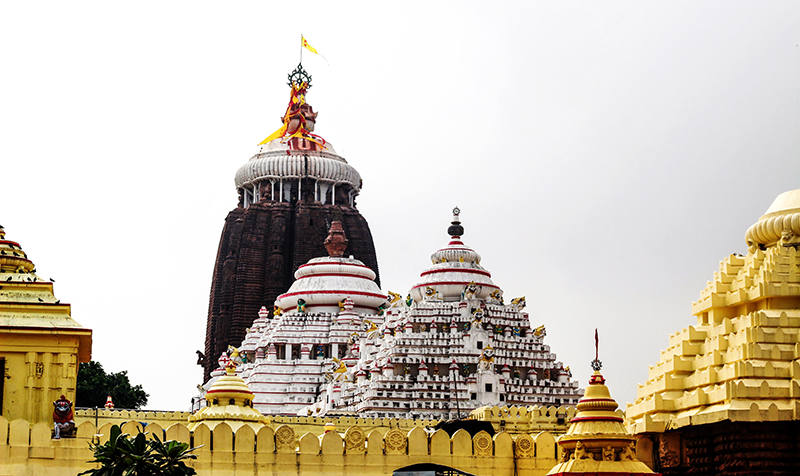
Tribal Deity
Legendary and Historical Views
Although scholars differ on the origin and evolution of Lord Jagannath, all of them agree that he is a tribal deity from the legends as well as from historical evidence. According to some, this evolution started with the appearance of the primitive man and has undergone the process of evolution till ultimately being worshipped as Rastra Devata, Jagannath. From legendary point, it can be stated clearly that Biswabasu belonged to Savara tribe, who worshipped Lord Jagannath. Apart from these faiths, all historians agree that Vindhya region in the west constituted the habitat of the Savaras. Savaras speak Mundari dialect. The Mundari dialect is the primitive form of modern Odia and Purva Magadhi language. Though the tribals speaking Mundari language were divided into different tribes like Savar, Kandha, Munda and Gonda etc., they primarily belonged to a larger community. The descendants of these primitive people still inhabit the hilly regions and forest lands of Odisha.
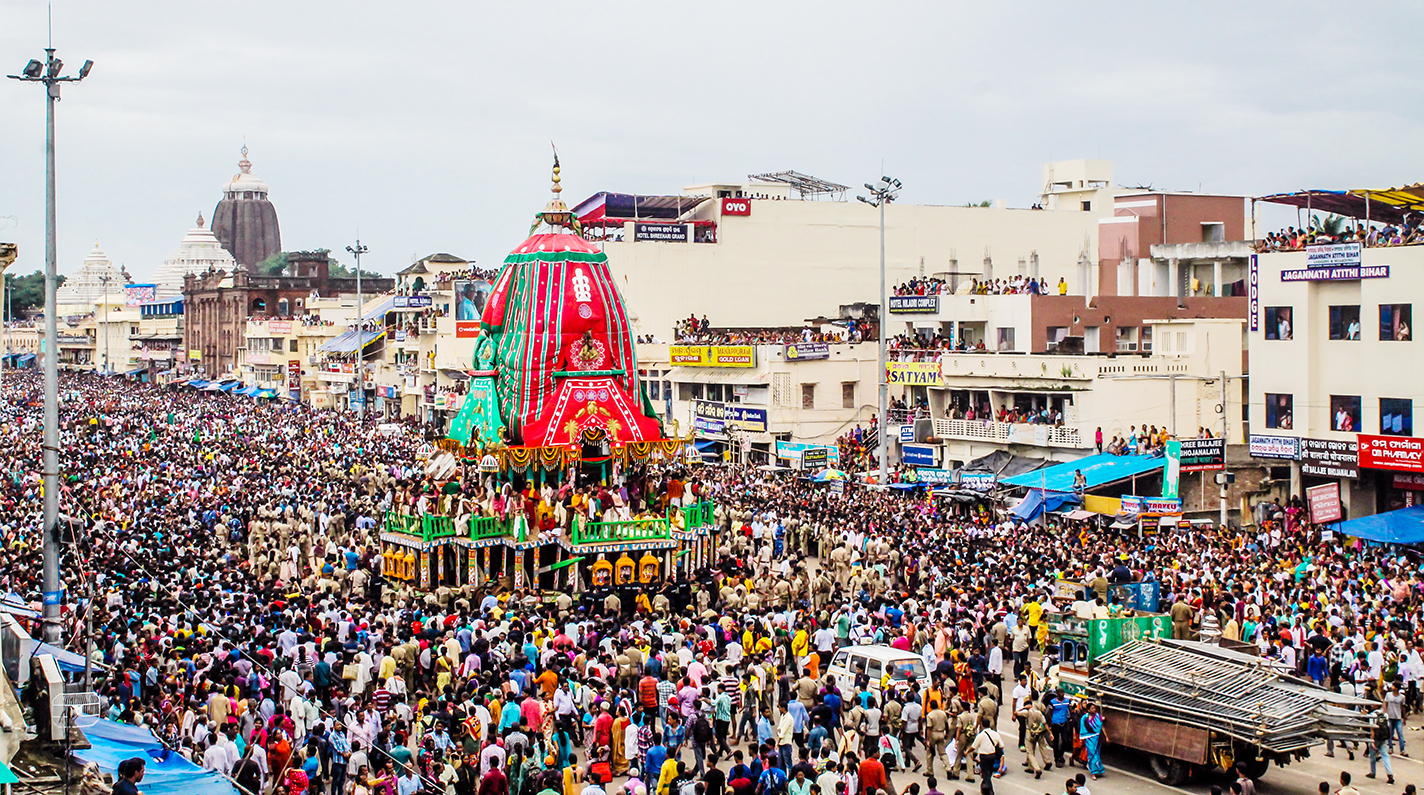
Some of them use Mundari dialect as means of communication. Besides language, close similarity is noticeable in their religious thought and worship, and in the form of their presiding deities. Among these tribals who spoke Mundari dialects, tree or khamba (pillar or post) worship was in vogue. In trying to give a human shape to the tree or Khamba (post) they in fact gave it strange shapes. Perhaps that might have originated the shape of Lord Jagannath. We see a unique combination of shape and shapeless in this tree or Khamba deity. This structure is their own original creation. That, lord Jagannath is being worshiped in Shreekshetra Puri from time immemorial is based on Puranic evidence given by scholars. However, there is no historical evidence of worship of Jagannath at Puri prior to the 10th century A.D. when Yayati Kesari was the ruler.